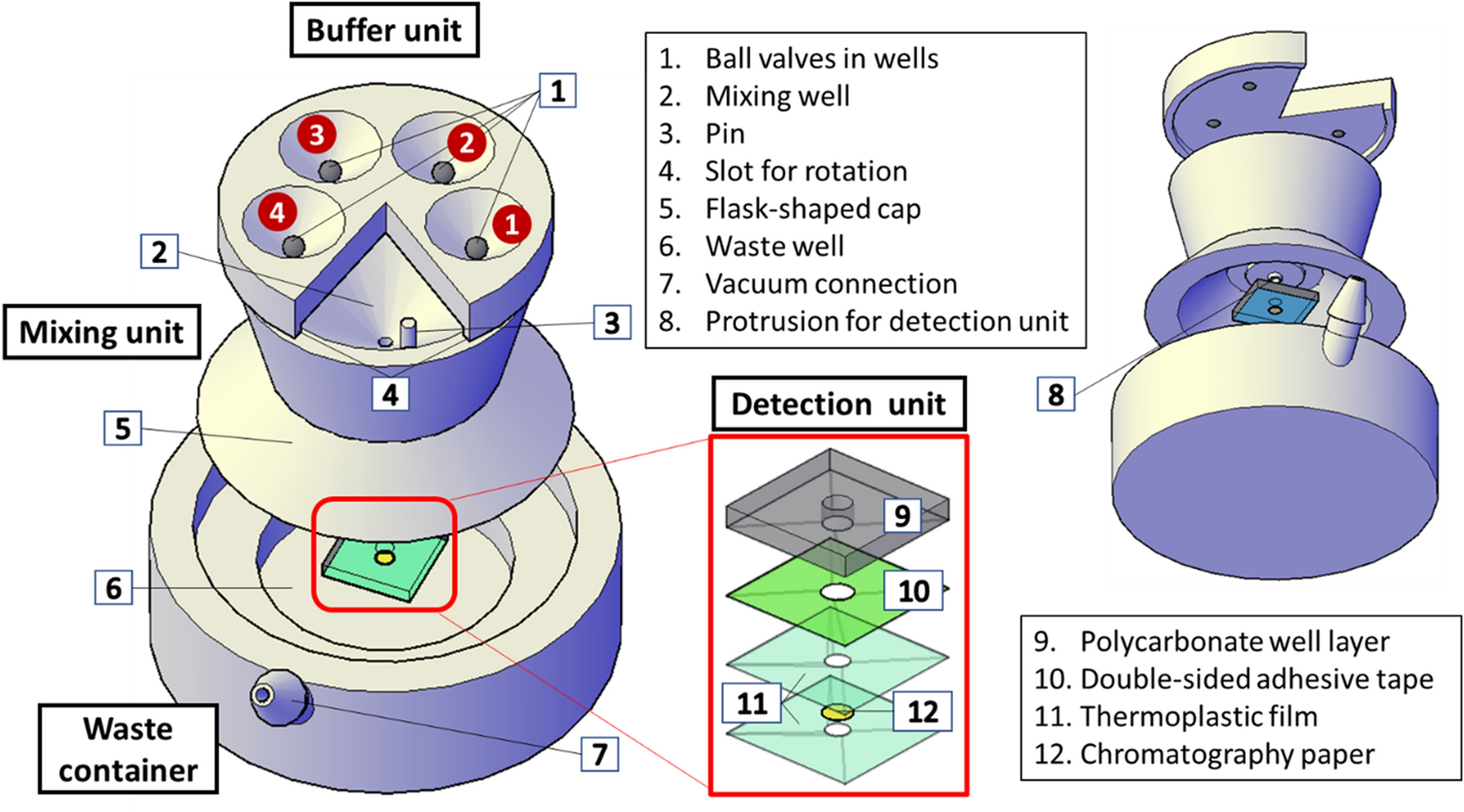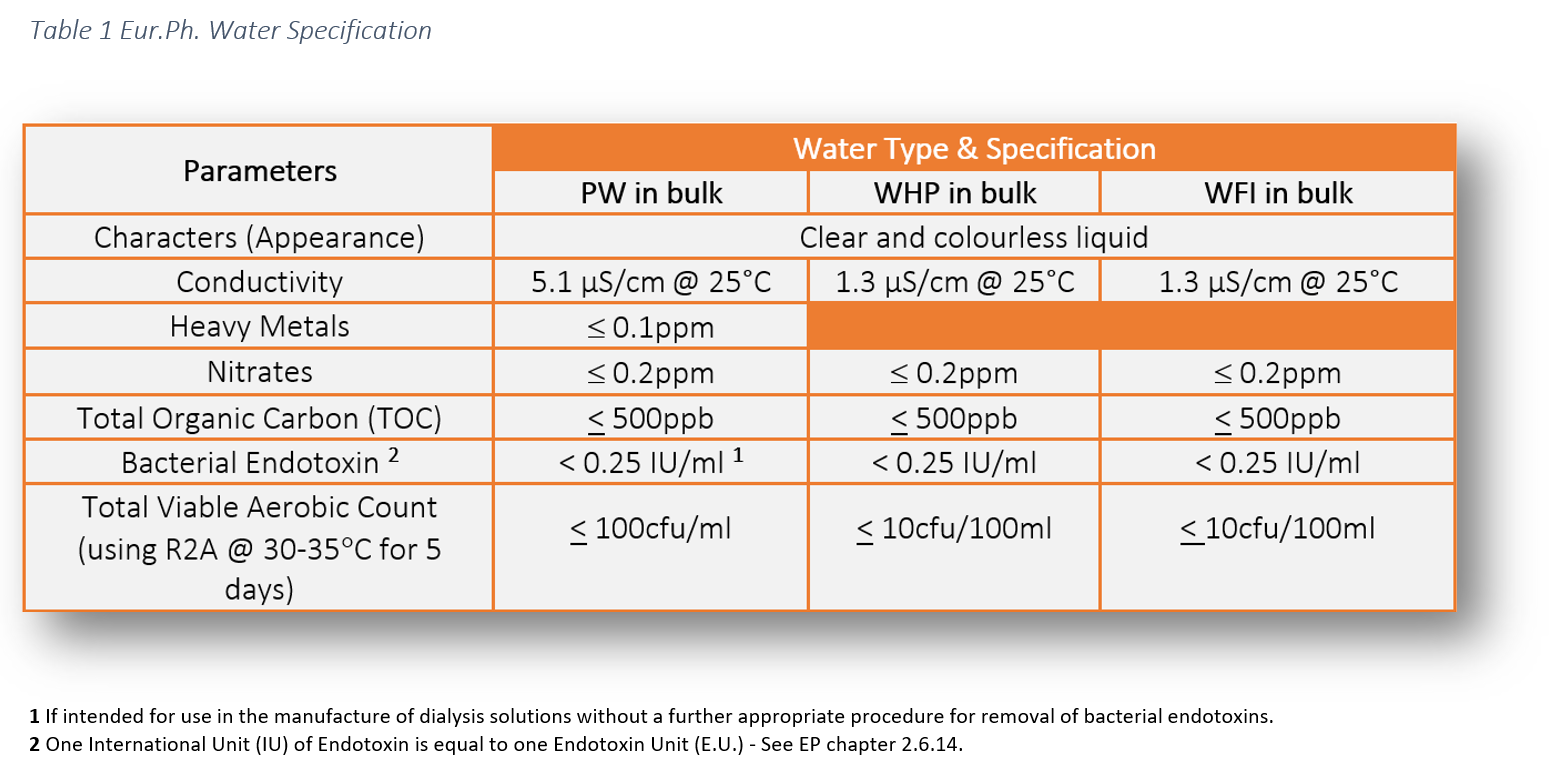Examine This Report about Bacteria Testing
Table of ContentsThe Ultimate Guide To Bacteria Testing7 Easy Facts About Bacteria Testing ShownThe 5-Minute Rule for Bacteria TestingWhat Does Bacteria Testing Mean?The smart Trick of Bacteria Testing That Nobody is Talking AboutAll about Bacteria Testing
Coliforms are bacteria that are constantly present in the digestion systems of pets, consisting of people, and are located in their wastes - Bacteria Testing. They are also located in plant and soil material. Water air pollution triggered by fecal contamination is a serious issue due to the potential for contracting diseases from microorganisms (diseasecausing organisms)Overall coliform counts offer a general indicator of the hygienic problem of a water supply. consist of germs that are located in the dirt, in water that has actually been influenced by surface area water, and in human or animal waste. are the group of the overall coliforms that are taken into consideration to be existing particularly in the digestive tract and feces of warm-blooded animals.
Excitement About Bacteria Testing

Recent break outs of disease caused by E. coli 0157: H7 have produced much public problem concerning this microorganism. E. coli 0157: H7 has been discovered in livestock, poultries, pigs, and sheep.
coli 0157: H7 created by contaminated alcohol consumption water supplies are unusual. Evaluating for bacteria is the only trusted method to understand if your water is secure. You can not inform by the look, preference, or odor of the water if disease-causing organisms remain in it. The New York City State Department of Health suggests that well owners check their water for coliform bacteria at the very least when a year.
10 Easy Facts About Bacteria Testing Explained

Although overall coliforms can originate from resources apart from feces, a positive total coliform example should be taken into consideration an indication of pollution in your well. Favorable fecal coliform outcomes, particularly positive E. Coli results, ought to be thought about sign of fecal contamination in your well. When coliforms have been spotted, repairs or modifications of the water system might be required.
A faulty well is commonly the cause when coliform germs are located in well water. - seals around cords, pipes, and where the cap meets the casing may be cracked, allowing pollutants - cracks or holes in the well casing permit water that has actually not been infiltrated the dirt to go into the well.
Bacteria Testing - Questions
The U. S. Epa (EPA) needs public water systems to consistently test water for overall coliform germs and E. coli. Safe drinking water does not have E (Bacteria Testing). coli or various other virus in it. Below are some recommendations on how to avoid and deal with coliform microorganisms contamination: Protect Your Well by building it in a risk-free place
You are responsible for keeping your well water secure and screening it as required. You can also call your area to see if they have any programs to make screening your water simpler.
Disinfect your well with a chlorine service, making use of the same Well Sanitation actions as above. Test your well water once again after disinfection to confirm there are no coliform bacteria. You can utilize the water again, without steaming, once the well has actually been disinfected and the water no more checks positive for coliform bacteria.
Some Ideas on Bacteria Testing You Need To Know
Your public water system is routinely evaluated for coliform bacteria. The system will release a public notice within 24 hours if it Source detects E. linked here coli.
You can locate the coliform bacteria examination results for the systems offering places aside from where you live by speaking to the water supply.
The National Ground Water Organization (NGWA) suggests well owners check their water a minimum of each year for germs, nitrates, and any kind of impurities of local worry. More regular testing should be taken into consideration if: There is a change in the preference, smell, or appearance of the well water, or if an issue takes place such as a damaged well cap, inundation by floodwaters, or a brand-new contamination source The well has a background of bacterial contamination The septic tank has actually recently malfunctioned Member of the family or residence visitors have recurrent cases of intestinal ailment An infant is living in the home, or To keep track of the effectiveness and performance of home water treatment equipment.
The Main Principles Of Bacteria Testing
Extra examinations may be suggested if water appears gloomy or oily, if bacterial growth shows up on fixtures, or water treatment devices are not functioning as they should. Talk to your water well contractor, state department of natural sources, or neighborhood wellness division for details on neighborhood water top quality concerns.Test your water at the official site very least 2 times a year. Call a public health inspector to see what's ideal for your water supply. Coliforms are a team of germs that are practically everywhere. They remain in dirt, plants, sewer, and manure. E. coli are germs that people and some pets have in their intestinal tracts.